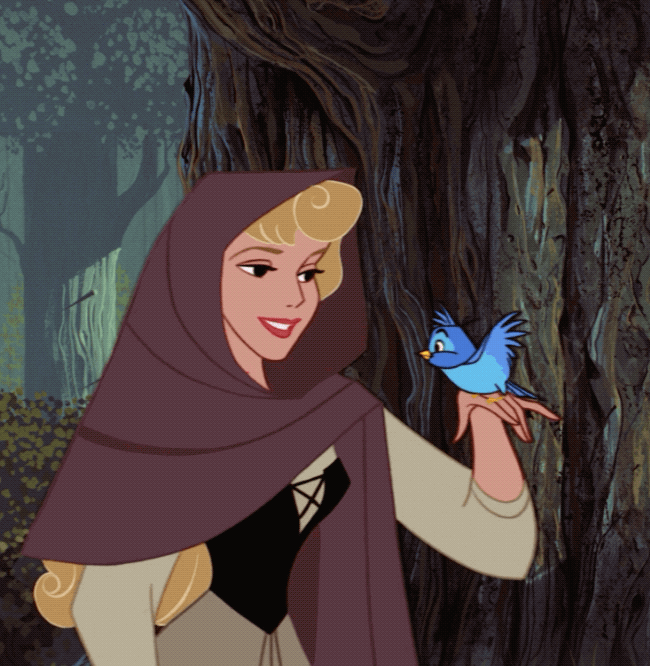What do you think?
Rate this book


528 pages, Hardcover
First published January 1, 1835
 賵 丨賵乇賷丞 丕賱亘丨乇 丕賱亘賱賴丕亍
賵 丨賵乇賷丞 丕賱亘丨乇 丕賱亘賱賴丕亍



- da Il ragazzaccio
鈥淎h, che ragazzaccio 猫 mai questo Amor! Lo voglio dire a tutti i bambini buoni, perch猫 se ne guardino, e non giochino mai con lui: gi脿, egli non farebbe loro che male...鈥� [...] Tutti i buoni fanciulli, ragazzine e ragazzini, ai quali raccont貌 il fatto, si tengono ora in guardia contro il cattivello; ma egli 猫 cos矛 scaltro ed accorto, che riesce sempre a burlarsi delle loro precauzioni.鈥�
- da La Sirenetta
鈥淟ontano lontano, in alto mare, l'acqua 猫 azzurra come i petali del pi霉 bel fiordaliso, e limpida come il pi霉 puro cristallo. Ma 猫 molto profonda, pi霉 profonda di ogni scandaglio; bisognerebbe mettere molti e molti campanili l'uno sopra l'altro per arrivare dal fondo sino alla superficie dell'acqua. E laggi霉, nel fondo, vive la gente del mare.鈥�